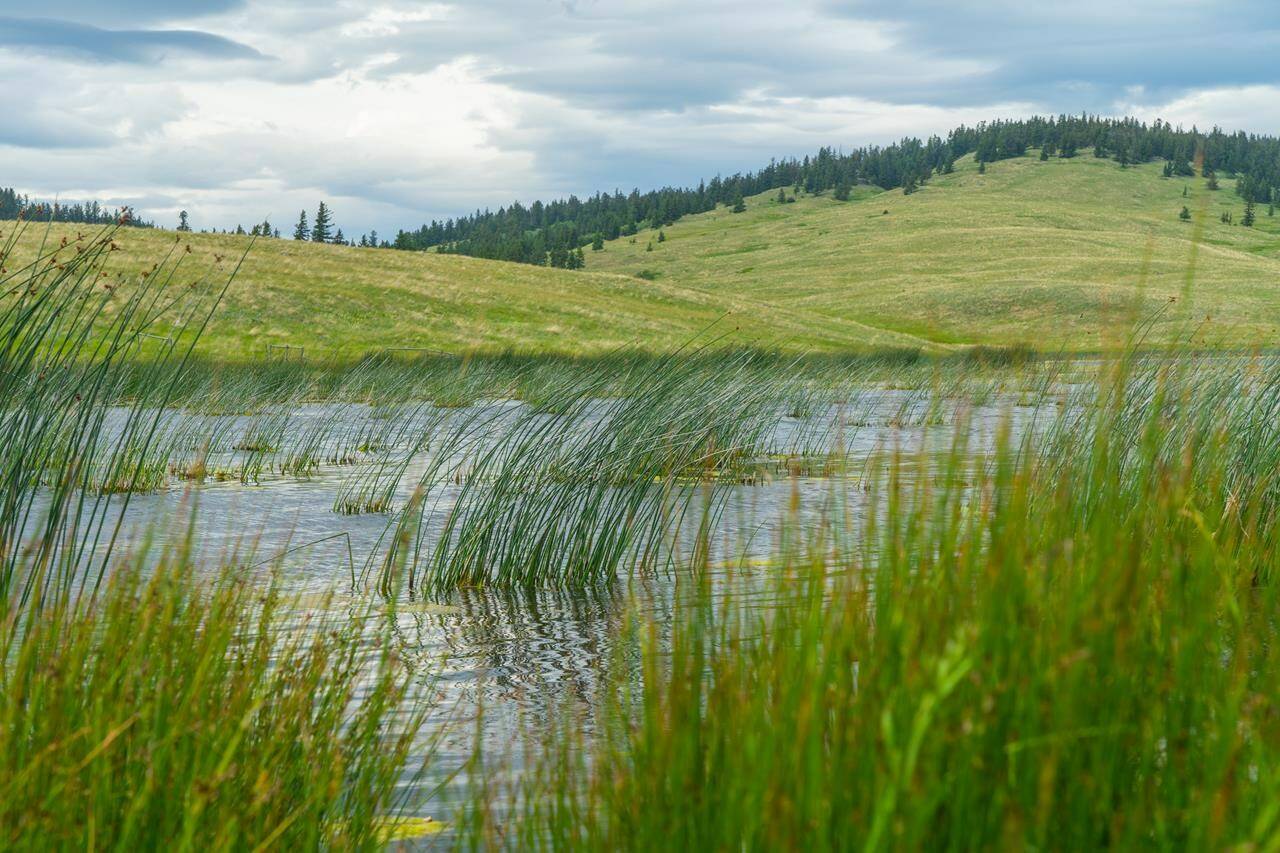More than 60 square kilometres of at-risk grassland in British Columbia’s southern Interior will be protected forever as part of the newest conservation project in the province.
The Nature Conservancy of Canada says preserving the grasslands, known as Bunchgrass Hills, south of Kamloops, secures vital habitat and safe pathways for dozens of species living in the Thompson-Nicola region.
Several of those are listed as threatened, including the great basin spadefoot toad and great basin gopher snake, as well as the American badger and Lewis’s woodpecker.
The grasslands were once part of the 140-year-old Stump Lake Cattle Ranch and will still support sustainable cattle grazing, but the nature conservancy says the land will be managed for conservation, making Bunchgrass Hills the organization’s fourth collaboration with conservation-minded ranchers.
The conservancy says in a statement that funding for the protected habitat came from the provincial and federal governments, and several private foundations and individuals.
Rolling hills of the grasslands are covered in bluebunch wheatgrass and other native grasses, punctuated by Douglas-fir woodlands and scattered wetlands, forming some of the traditional territories Secwepemc, Nlaka’pamux and Syilx nations.
The statement says it will take time to understand the land’s Indigenous cultural values so those can be guarded as closely as the ecological values within the conservation area.
The nature conservancy also says protecting large intact grasslands bolsters local climate resilience and contributes to Canada’s national and provincial targets to protect 30 per cent of land in this country within the next seven years.
Danielle Cross, Interior program director with the conservancy, says Bunchgrass Hills is one of B.C.’s most rare and at-risk ecosystems.
“Grasslands may have a tiny footprint in this province, but they give back to us in huge ways,” Cross says in the statement.
“They provide essential habitat for wildlife, they filter water, clean air and store carbon, and they support local communities.”
Native grasslands cover less than one per cent of B.C.’s land base and evolved to rely on “frequent low-intensity wildfires, which burn back encroaching shrubs and trees and keep the grasslands open,” says the statement.
READ ALSO: 2 conservation organizations team up to protect 130-year old ranch in Alberta

